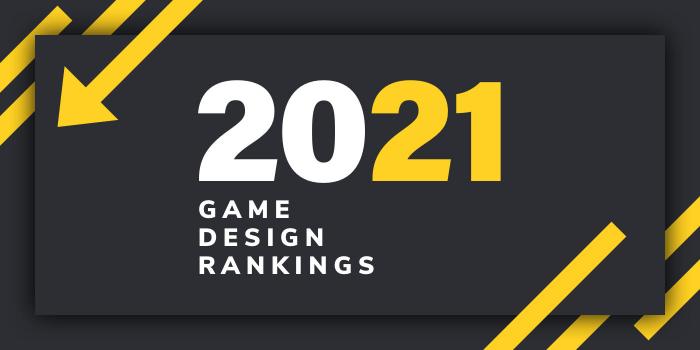DePaul University was founded in 1898 by the Congregation of the Mission (of Vincentian) religious community. Serving nearly 22,500 students, DePaul is the largest Catholic university in the United States, the 13th-largest private, not-for-profit university in the nation, and the largest private, not-for-profit college in the Midwest.
The school offers more than 300 programs of study in 10 colleges and schools and across two campuses in Chicago. One of the first universities to offer a game development course for smartphones, DePaul offers game design programs at all levels through the College of Computing and Digital Media (CDM).
The CDM is organized into three schools including the School of Cinematic Arts (SCA), the School of Computing (SoC), and the School of Design (SoD). Degree options include BS degrees in Game Design and Game Programming, a BS in Computer Science with a Game Systems Concentration, an MFA in Game Design and MS in Game Programming that covers real time computing, computer graphics, and professional retooling for the game industry. Students in this program will learn about software engineering, computer graphics, artificial intelligence, animation, software architecture, and networking. Minors in Game Design and Programming are also available and jointly offered by the CDM’s SoC and SoD.
DePaul University also offers a Game, Cinema, and Animation Summer Academy and the DePaul Game Experience (DGE). The Summer Academy is a weeklong program that features “hands-on instruction using the latest equipment and technology.” Participants may focus on Computer Game Development, 3D Computer Modeling and Animation for Games and Cinema or Digital Cinema Production.
The DePaul Game Experience (DGE) allows a select group of students to work on a game to submit to the Student IGF Competition. Past DGE teams have made entries that were finalists in the IGDA student competition.
Students in all Game Design programs have access to the Deep Games Laboratory and all CDM labs, including several that intersect with the program specifically, including game development and research, gameplay, virtual reality, and playtest and usability labs. The Deep Games Laboratory is a cross-disciplinary design, research, development, and assessment game lab housed in CDM that focuses on games exploring the human experience.
Recent DePaul Game Program graduates have gone on to work at Carbine Studios, Disney Interactive Studios, Firaxis, NeatherRealm Studios, Owlchemy Labs, Phosphor Games, Scientific Games, Wargaming, and many others. Several graduates have gone on to form their own gaming companies, including Young Horses, whose indie hit Octodad was developed at DePaul.





